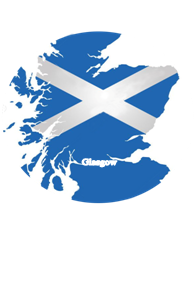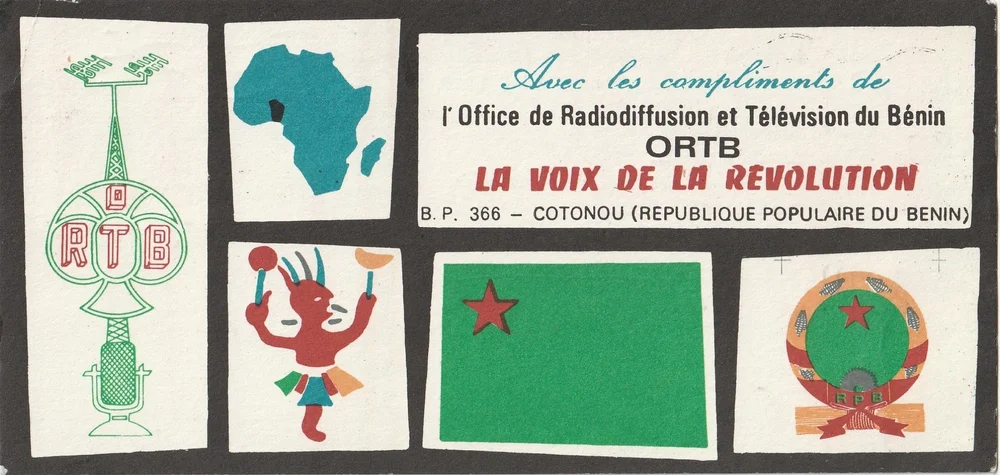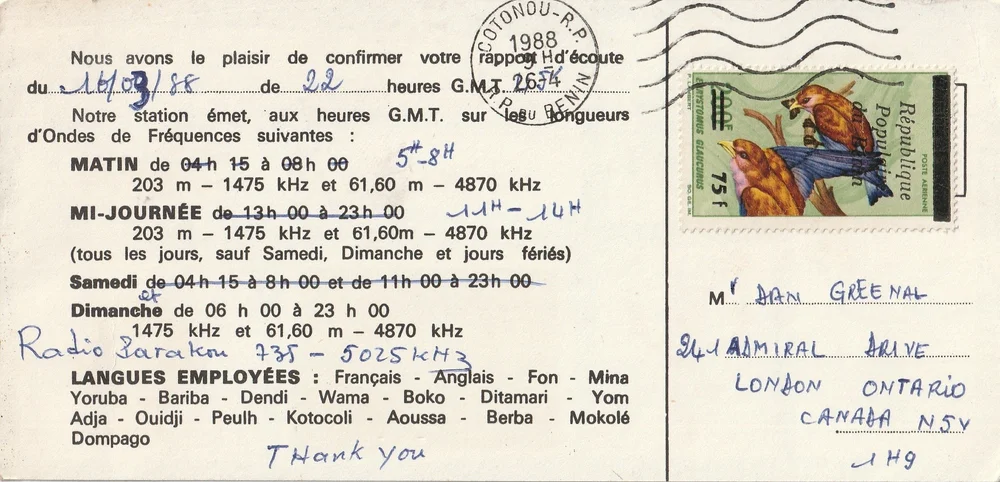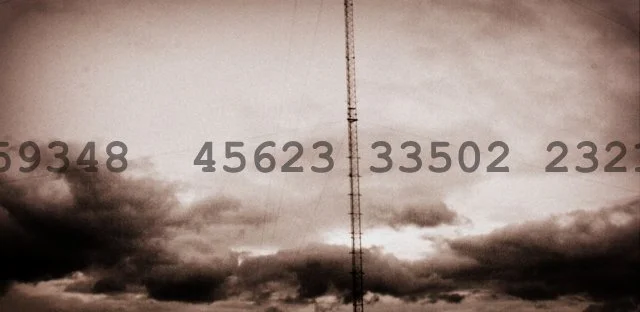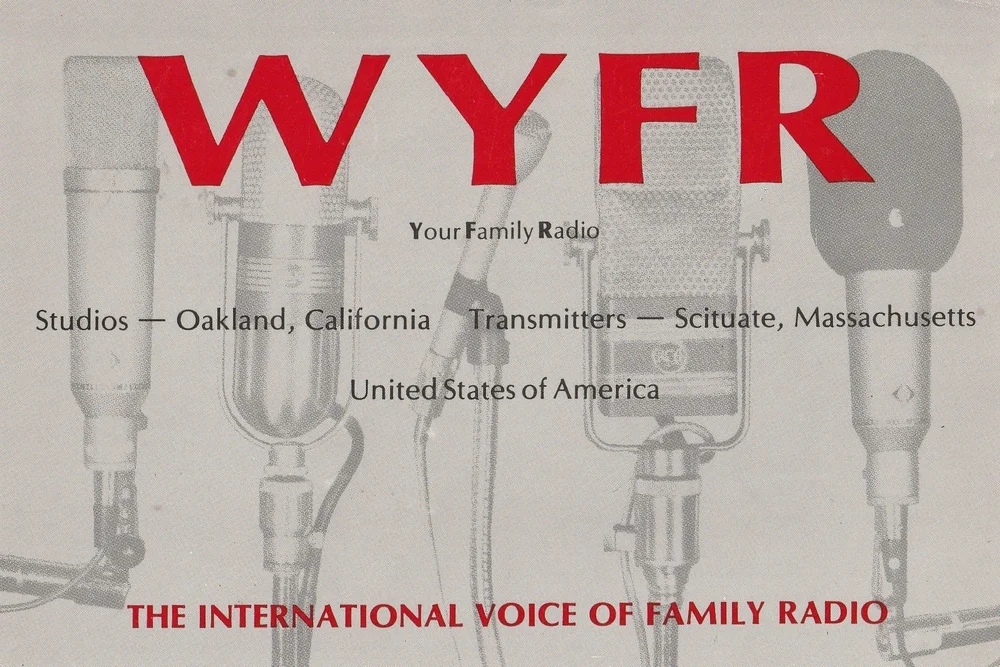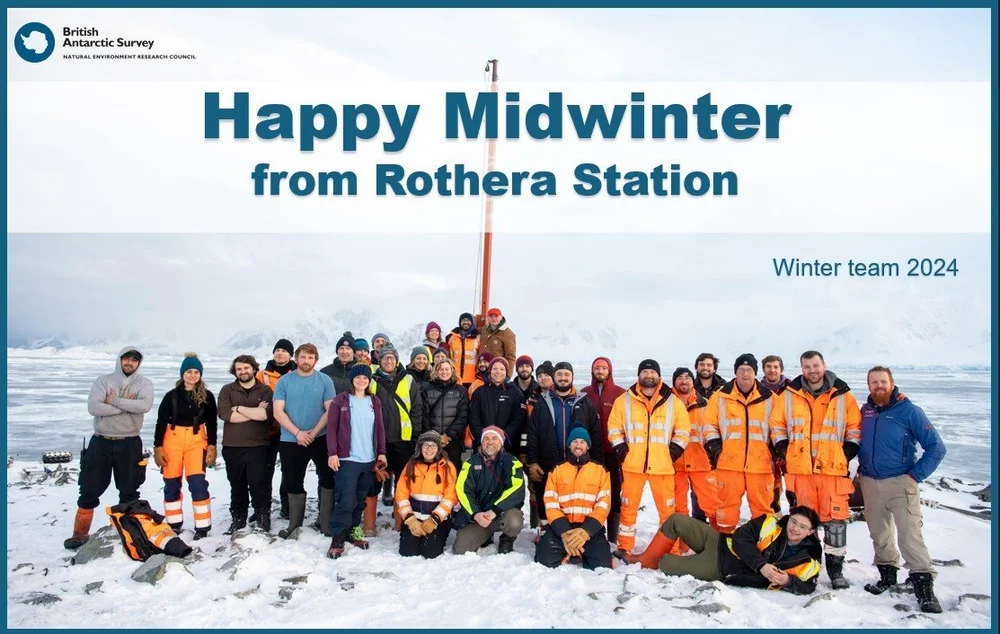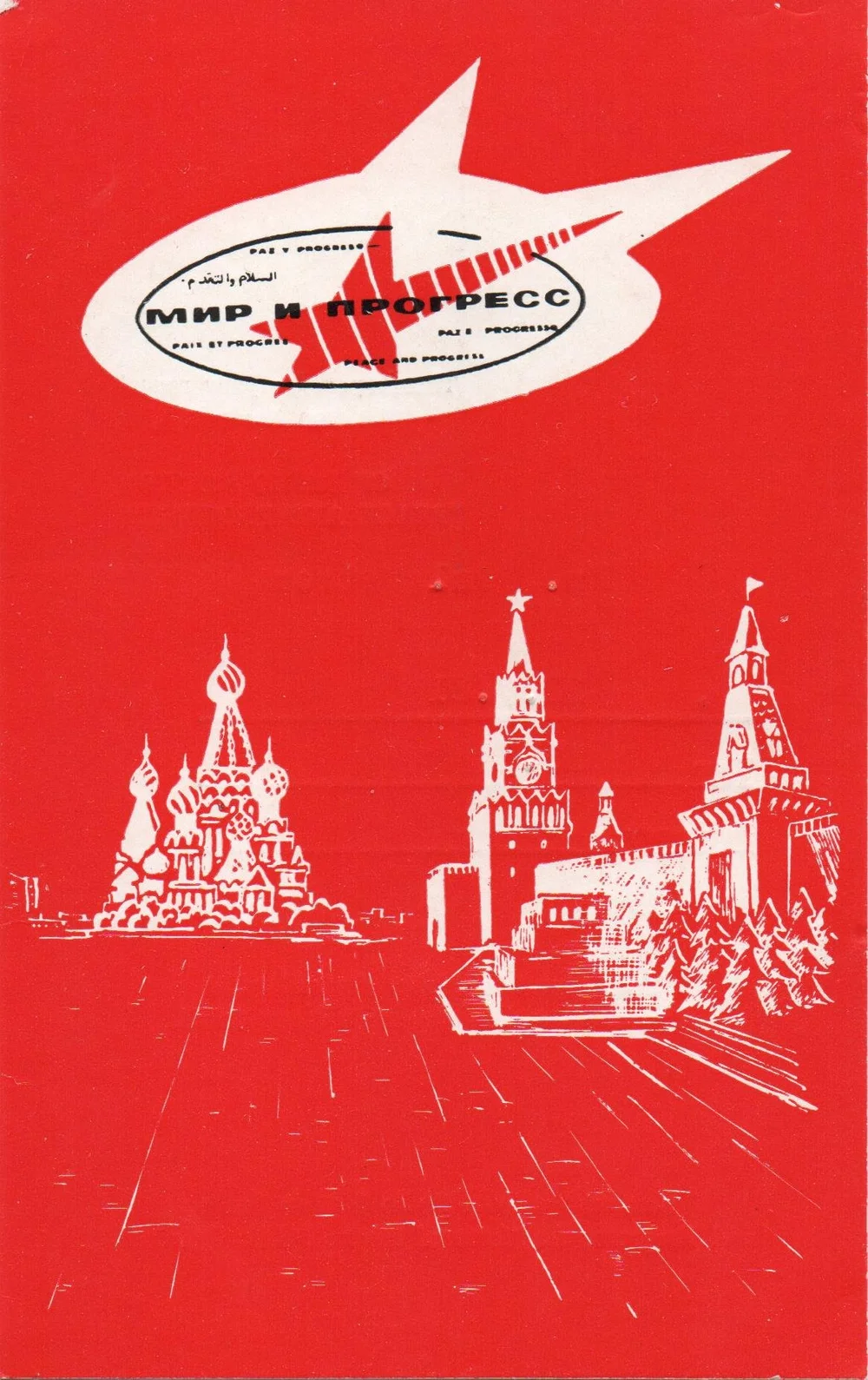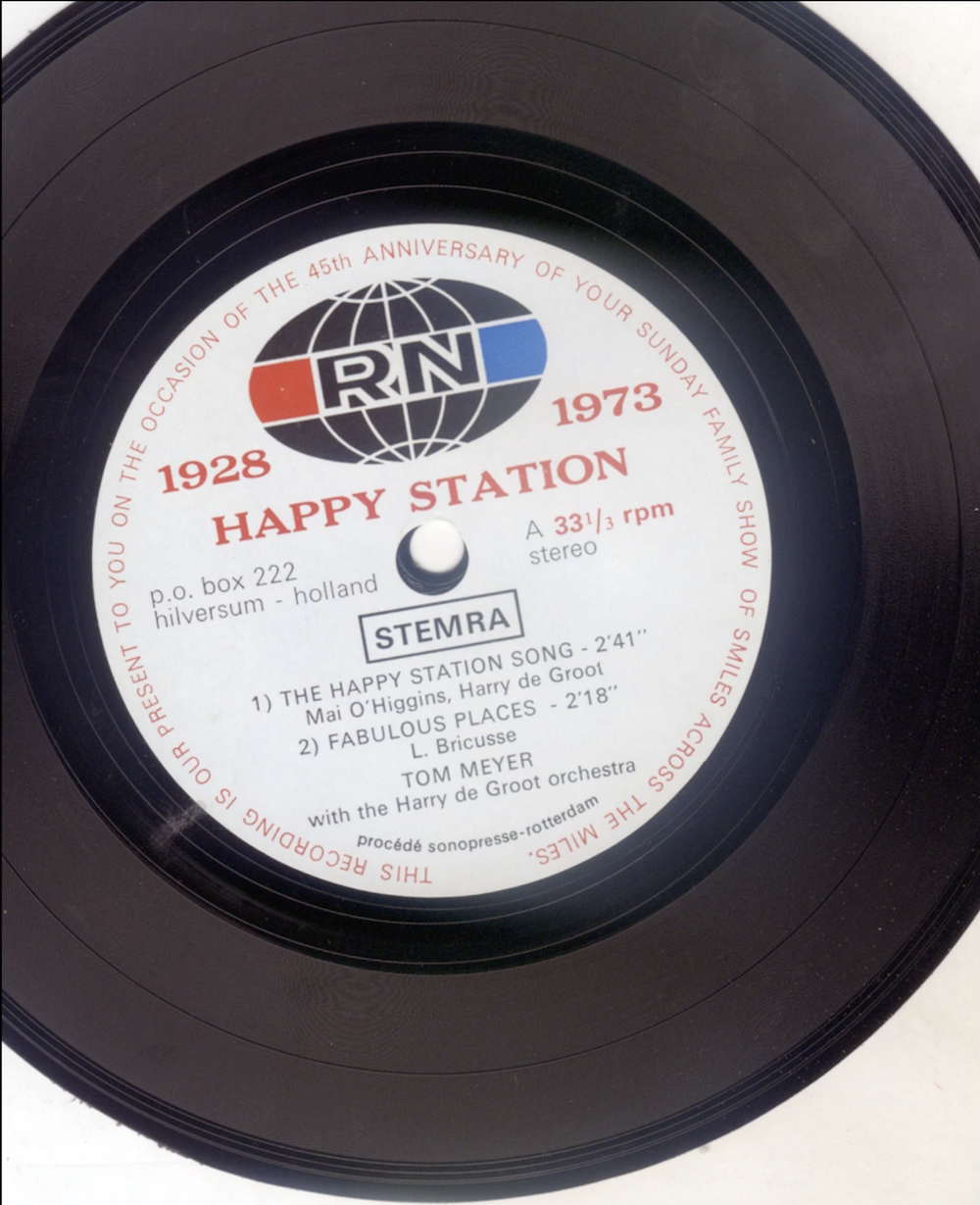
Many thanks to SRAA contributor, Nikos Mitrogiannopoulos, for sharing a recording of this Happy Station Show record.
Nilos notes:
My uncle was one of the founders of DXing in Greece, named Nikos Dendrinos. I found a record of Happy Station in his archive after his death.
Nikos also shared the following photo of his uncle, Nikos Dendrinos:
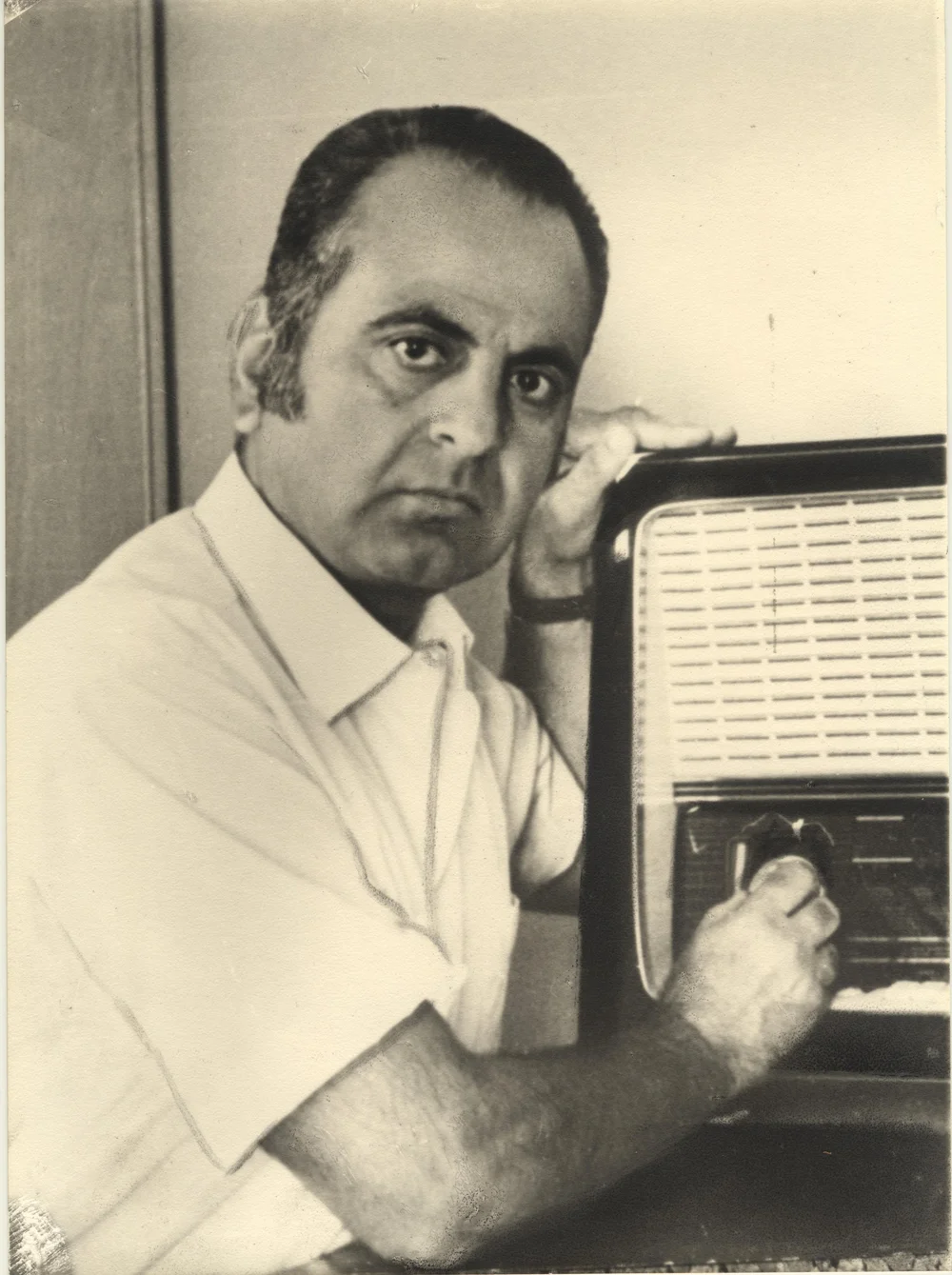
Thank you, Nikos, for sharing this amazing recording and honoring your uncle’s passion for DXing.

